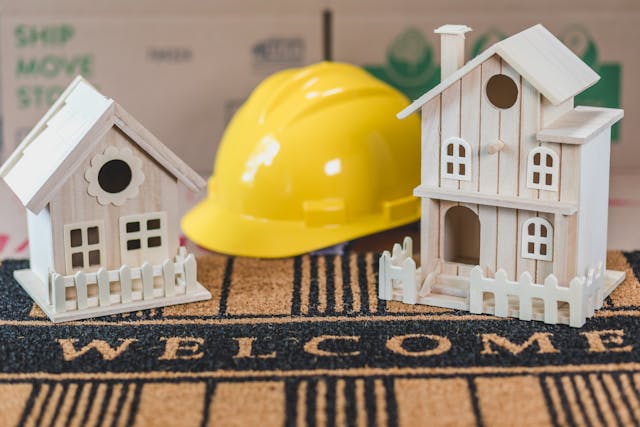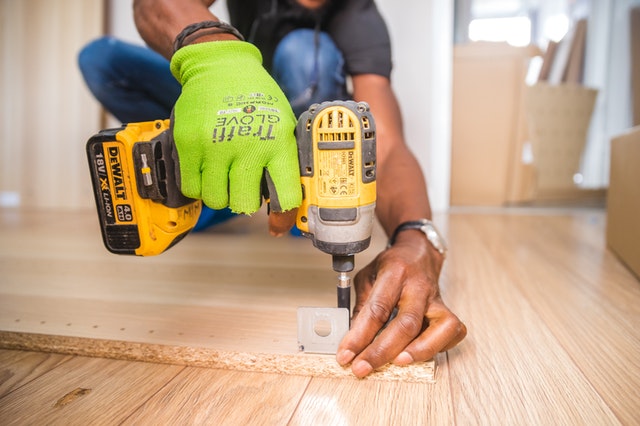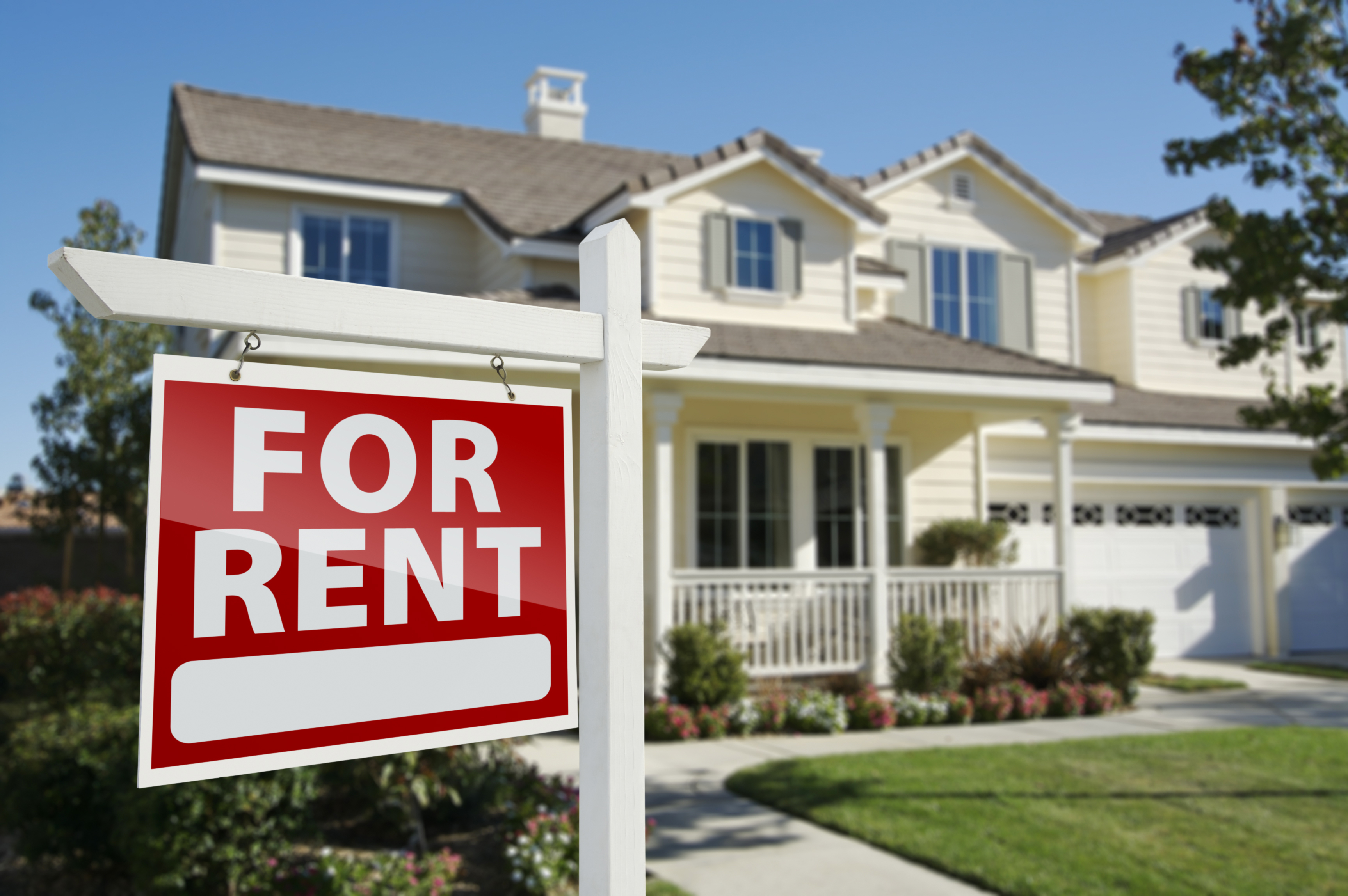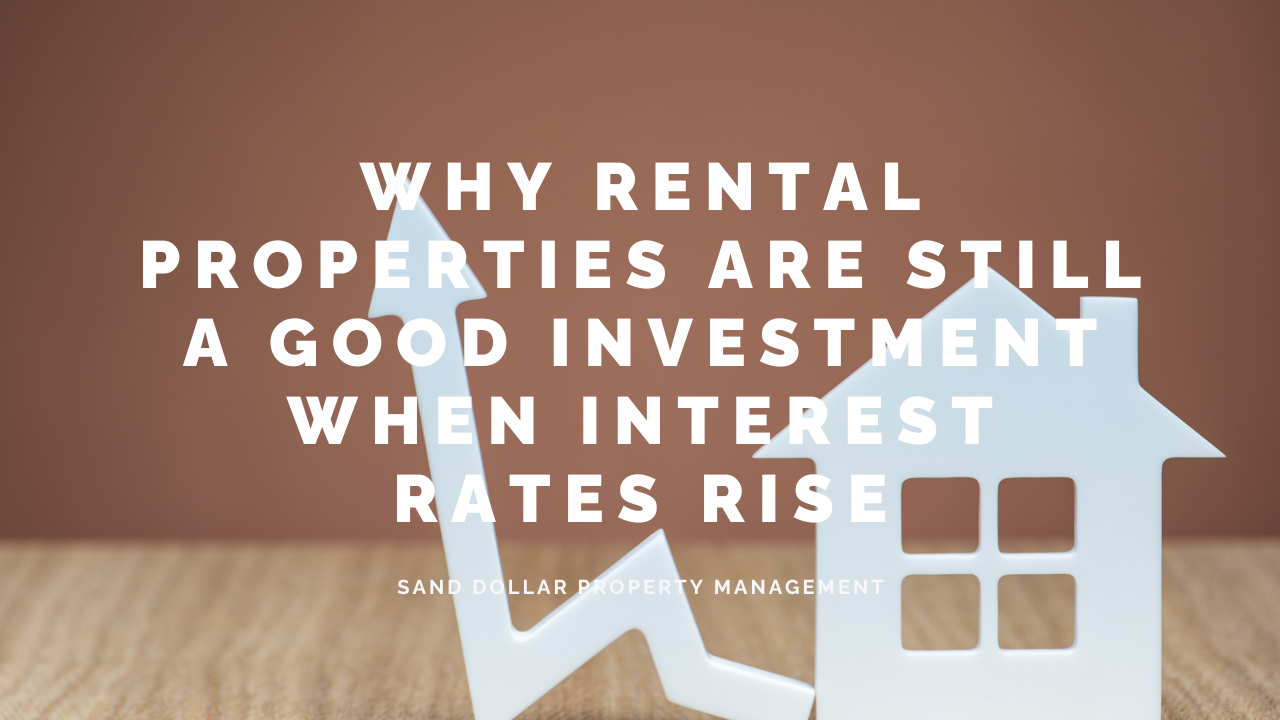Key Takeaways
- Understanding Normal Wear and Tear: It's essential to recognize that minor signs of use, like faded paint or worn carpets in high-traffic areas, are natural and should be expected over time.
- Distinguishing Damage from Wear: Differentiating between everyday wear and actual damage is crucial to avoid disputes and ensure fair handling of security deposits.
Regular Property Inspections: Scheduling routine inspections during the lease term allows for early detection of maintenance needs, helping to maintain the property's condition and value.
Have you ever found yourself staring at scuffed floors, faded paint, or worn carpets after a resident moves out, wondering whether these are just signs of normal living or if you should deduct from the security deposit?
This is one of the most common dilemmas landlords face, and understanding what actually counts as “normal wear and tear” versus true damage can save you time, money, and even avoid unnecessary disputes with residents.
CONTACT US TODAY FOR A FREE RENTAL ANALYSIS
At Sand Dollar Property Management, serving landlords across Central Florida, we know how confusing this topic can be. Let’s break it down clearly so you can make confident, informed decisions with every turnover.
Defining Normal Wear and Tear
Normal wear and tear refers to the natural and expected deterioration that happens to a rental property over time, regardless of how careful a resident may be. This could look like slight fading of paint due to sun exposure, worn-out carpets in high-traffic areas, or minor nail holes from picture frames.
These are the kinds of changes that come from everyday living, not neglect or misuse. Simply put, no property stays in the exact same shape after a lease, and some level of wear is to be expected.
Why Understanding Wear and Tear Matters
Getting a clear grasp of wear and tear is more important than many landlords realize, especially in a competitive rental market like Central Florida.
Misjudging wear and tear could lead to unnecessary conflicts, deposit disputes, or even legal challenges. More importantly, it helps you protect your investment without being unfair to responsible residents.

Knowing the difference allows you to manage security deposits properly, budget for routine upkeep, and maintain positive resident relationships.
Common Examples of Normal Wear and Tear
In the day-to-day rental world, landlords often wonder what specifically counts as normal wear and tear. Some common examples include:
- Lightly scuffed walls, especially near entryways or hallways
- Loose door handles or cabinet knobs from regular use
- Minor carpet fraying or matting
- Minor scratches on hardwood or tile floors
Faded paint or wallpaper
These are the kinds of issues that build up slowly and naturally during a lease. They are not signs of neglect or damage but rather proof that the property has simply been lived in.
Damage Vs. Wear and Tear
This is where most landlords find themselves second-guessing. The key is to look for signs of accidental or intentional damage versus normal use.
For example, a carpet stain from a spilled drink might qualify as wear and tear if it is small, but large, deeply set stains or burns likely count as damage. Similarly, a few nail holes in the wall may be reasonable, but holes from mounting heavy shelves or TVs without permission are not.

In Central Florida, you should also account for climate effects like humidity that may cause minor swelling or fading, which would not be the resident's fault. A simple rule is this: if the issue resulted from everyday living, it is likely wear and tear. If it comes from neglect, misuse, or carelessness, it is probably damage.
Documenting Property Conditions
Before a resident moves in, complete a detailed inspection and create a move-in condition report noting the state of walls, floors, appliances, and fixtures, focusing on areas prone to wear.
LEARN HOW TO CALCULATE YOUR ROI
It is also important to document climate-related details like sun-faded paint or minor moisture marks to avoid future confusion. Pair the report with time-stamped photos or videos. After the lease ends, repeat this process and compare records to clearly differentiate between normal wear and resident-caused damage.
Handling Security Deposits Fairly and Confidently
Security deposits often become a sensitive topic, especially when landlords are unsure about what qualifies as normal wear and tear. The key to avoiding disputes is clear documentation, knowledge of Florida's security deposit laws, and consistency.
With accurate move-in and move-out records, you can confidently determine which repairs are chargeable.

Best Practices to Minimize Wear and Tear
Even though some wear and tear is bound to happen, there are simple and effective ways to keep it under control. Here are some landlord-friendly tips you can easily apply:
- Use durable materials: Opt for high-quality, durable materials like semi-gloss paint, vinyl plank flooring, and moisture-resistant finishes. These options stand up well against Florida’s heat, humidity, and daily use, reducing the need for frequent touch-ups or replacements.
- Conduct Routine Inspections: Schedule periodic property inspections, not just at move-in and move-out. Mid-lease inspections help you spot small issues early, like minor leaks, loose fixtures, or ventilation problems, before they cause significant wear.
- Encourage Preventive Maintenance: Remind residents to promptly report maintenance issues. A dripping faucet or clogged A/C filter might seem minor but can lead to bigger damage if ignored. Being proactive can help you avoid accelerated wear.
- Install Property-Friendly Features: Simple additions such as door stoppers, entryway mats, and protective pads under furniture can help minimize scuffs, scratches, and stains.
Maintain Climate-Control Systems: In Central Florida, A/C units and ventilation systems work harder due to humidity and heat. Keeping them serviced regularly not only keeps residents comfortable but also protects walls, ceilings, and floors from moisture-related wear.
Bottom Line
Understanding normal wear and tear is key to making confident decisions as a landlord. With Sand Dollar Property Management, you don’t have to navigate this alone. Our experienced team helps you properly document, assess, and handle wear and tear while protecting your investment.
FIND OUT WHETHER RENTING OR SELLING IS THE RIGHT CHOICE FOR YOU
If you are unsure where to draw the line or want tailored advice, contact Sand Dollar Property Management to explore your options and find the best solution for your property.












